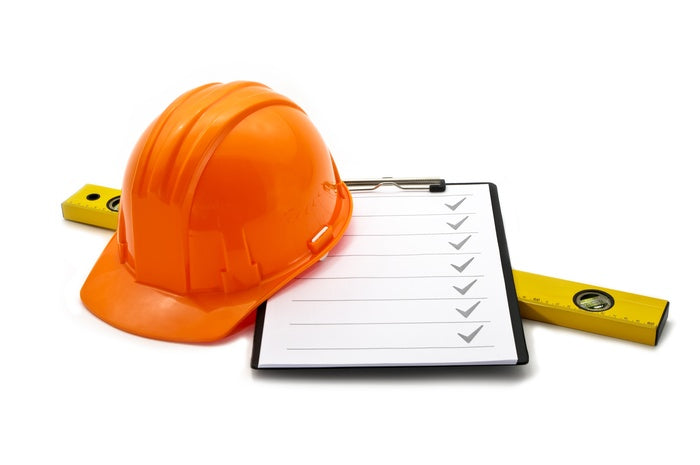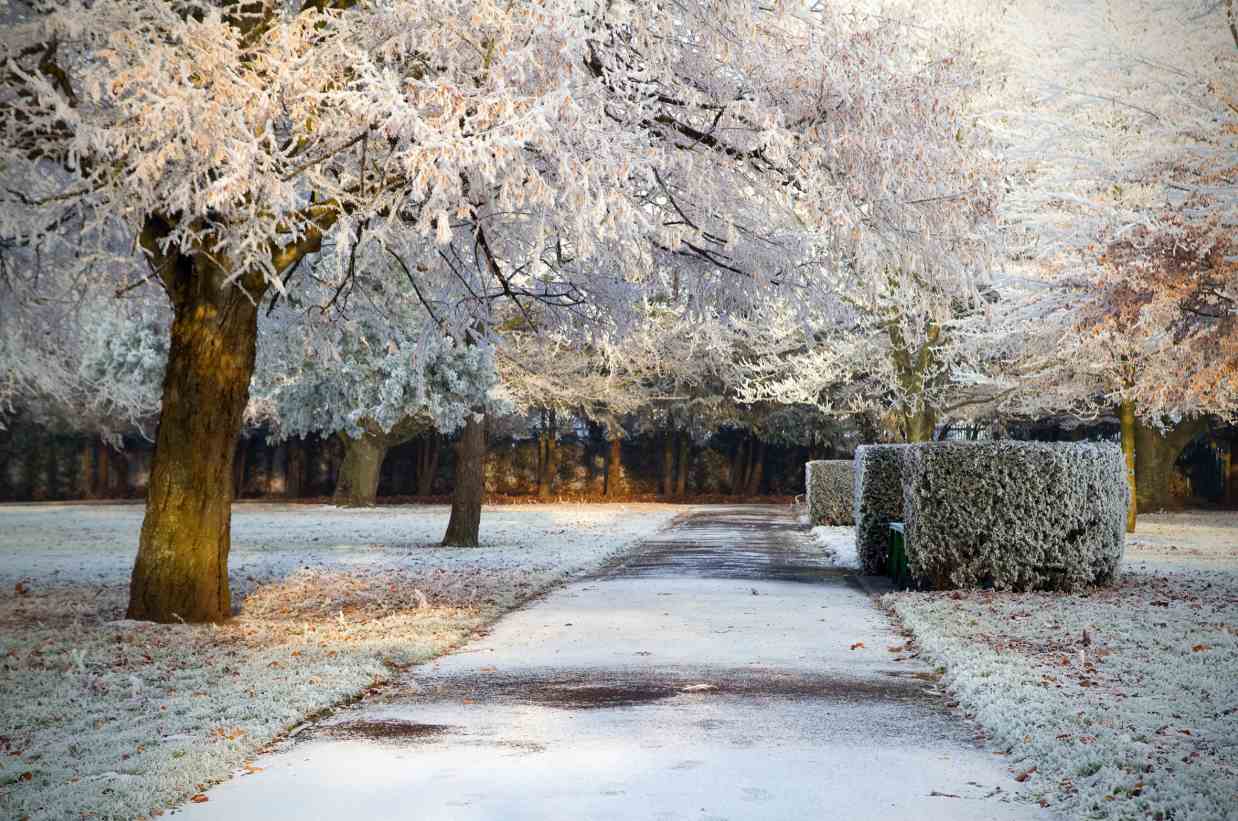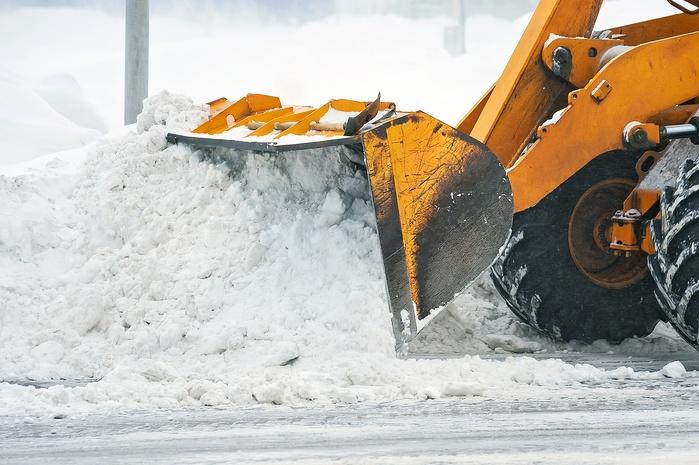
Winter is a dangerous time for construction workers, with rooftop snow drifts, black ice on walkways, gusting winds, and sub-zero temperatures among the many hazards. Facility managers know this, and they would prefer to reserve all building projects for the summer months. However, this is not always possible, since even well-prepared facilities can be struck by winter storm damage. Ice dams may form and cause roofs to collapse or leak, high winds may rip off siding, and trees may crash into buildings during storms. Furthermore, when companies relocate during winter or experience rapid growth, construction needs cannot always be delayed.
When hiring a commercial building contractor during winter, you should make sure that the contractor is fully insured and has long experience at working in winter weather conditions. You should also ask about winter safety precautions, and you should expect to hear that your contractor will follow such winter weather safety tips as the following:
- Dress appropriately: Several layers of warm and dry clothing, especially a warm winter hat, are essential to fighting hypothermia. Boots must have plenty of grip, be water resistant, and well insulated, and extra socks should be brought in case the first pair gets wet. Not dressing for conditions will greatly increase the chances of catching a cold or pneumonia, getting frostbite, or suffering from other illnesses.
- Go slow and carefully: Construction workers have to keep up some kind of a reasonable pace to merit their pay, but every movement is more dangerous in the winter. It is best to walk a little slower and take shorter steps to increase reaction time while walking on snow or ice. Proper lifting posture is also more critical in the cold, as heavy loads put greater strain on the heart in sub-zero temperatures.
- Inspect the work site: Every morning, before beginning work, the site should be inspected to identify and remove any problems. Obstructions hidden under snow should be removed or, at least, uncovered. Icicles should be removed if possible or dangerous areas should be roped off. Ice patches should be salted or broken up.
- Make pathways: As much as possible, paths should be shoveled, salted, and followed. However, snow must not be piled too high or too near the path or it may drift and/or melt, and refreeze on the walking lane. Furthermore, high snow piles can sometimes create dangers by blocking a clear view.
- Be cautious on roofs: Whenever possible, ladders and roof rakes should be used to avoid the need to walk on a roof in winter. However, if a roof must be walked on, the area should first be swept off and the roof inspected to ensure it can bear the weight. Care must be taken not to trip over vents hidden under snow, and non-slip boots and scaffolding should be used.
- 6. Be wary of electrical dangers: Touching a downed power line or a fallen tree in contact with a downed power line can both cause electrocution. Great care must also be taken not to accidentally touch a live wire on roofs or while moving ladders.
- Keep entryways dry: If workers will go in and out of buildings for breaks, they must keep an absorbent rug inside the entrance to prevent puddling. A snow-melting mat just outside will help to prevent ice forming from boot melt-off.
Winter is an inherently more dangerous time for construction work, but sometimes it cannot be delayed. By following a basic safety checklist, your commercial building contractor can minimize the risks and still get the job done in a reasonable amount of time.


